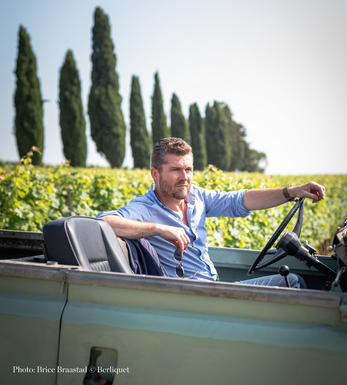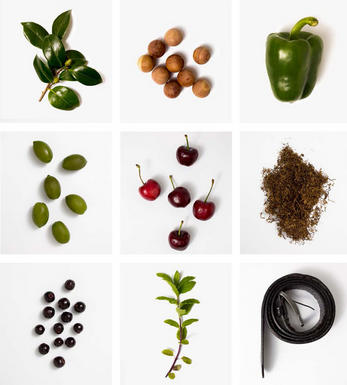
2008 Château Berliquet, St Emilion, Bordeaux

Critics reviews
Robert M. Parker, Jr. - 02/05/2011
About this WINE

Château Berliquet
Ch. Berliquet comprises a square, 10-hectare handkerchief of St Emilion vineyard, surrounded on three sides by Ch. Canon’s vines. Its long history dates back to the 1740s, making it one of the appellation’s oldest vineyards. It is a Grand Cru Classé.
Until as recently as the 1970s, Ch. Berliquet's wine was made by the local co-operative. The quality was good but rather unexciting. Since 1978, the wine has been vinified and matured at the château and has improved beyond recognition.
In 2017, Ch. Berliquet was bought by Chanel, who brought in winemaker Nicolas Audebert to further refine the estate’s offering. Nicolas brought with him a wealth of experience, most recently from a decade in Argentina where he oversaw the Cheval des Andes project (a collaboration between Ch. Cheval Blanc and Terrazas de los Andes).
Nicolas brought in mapping and terroir specialists Géocarta and Kees Van Leeuwen to create a soil survey of the vineyard. Based on this deep knowledge of the clay-limestone plateau, and clay and sand slopes, Nicolas has formulated phased plans to variously grub up, replant and co-plant areas of the vineyard.
“We’ll replant a third of the vineyard with more Cabernet Franc than Merlot,” explains Nicolas. “We really consider that the terroir can bring Cabernet Franc to the highest expression of fruit, elegance and precision.”
In the winery, vinification takes place in stainless-steel tanks. The wines are aged for 16 months in oak, with 50% new barrels. The cellars have been carefully renovated in recent years.
You can read an interview with Ch. Berliquet’s winemaker Nicolas Audebert here.
Ch. Berliquet has made a strong commitment to working sustainability. In addition to introducing environmentally responsible practices in the winery, they have recently planted hedges, grasses, walnut trees and introduced green corridors to increase biodiversity.

St Émilion
St Émilion is one of Bordeaux's largest producing appellations, producing more wine than Listrac, Moulis, St Estèphe, Pauillac, St Julien and Margaux put together. St Emilion has been producing wine for longer than the Médoc but its lack of accessibility to Bordeaux's port and market-restricted exports to mainland Europe meant the region initially did not enjoy the commercial success that funded the great châteaux of the Left Bank.
St Émilion itself is the prettiest of Bordeaux's wine towns, perched on top of the steep limestone slopes upon which many of the region's finest vineyards are situated. However, more than half of the appellation's vineyards lie on the plain between the town and the Dordogne River on sandy, alluvial soils with a sprinkling of gravel.
Further diversity is added by a small, complex gravel bed to the north-east of the region on the border with Pomerol. Atypically for St Émilion, this allows Cabernet Franc and, to a lesser extent, Cabernet Sauvignon to prosper and defines the personality of the great wines such as Ch. Cheval Blanc.
In the early 1990s there was an explosion of experimentation and evolution, leading to the rise of the garagistes, producers of deeply-concentrated wines made in very small quantities and offered at high prices. The appellation is also surrounded by four satellite appellations, Montagne, Lussac, Puisseguin and St. Georges, which enjoy a family similarity but not the complexity of the best wines.
St Émilion was first officially classified in 1954, and is the most meritocratic classification system in Bordeaux, as it is regularly amended. The most recent revision of the classification was in 2012

Cabernet Sauvignon
The most famous red wine grape in the world and one of the most widely planted.
It is adaptable to a wide range of soils, although it performs particularly well on well-drained, low-fertile soils. It has small, dusty, black-blue berries with thick skins that produce deeply coloured, full-bodied wines with notable tannins. Its spiritual home is the Médoc and Graves regions of Bordeaux where it thrives on the well-drained gravel-rich soils producing tannic wines with piercing blackcurrant fruits that develop complex cedarwood and cigar box nuances when fully mature.
The grape is widely planted in California where Cabernet Sauvignon based wines are distinguished by their rich mixture of cassis, mint, eucalyptus and vanilla oak. It is planted across Australia and with particular success in Coonawarra where it is suited to the famed Terra Rossa soil. In Italy barrique aged Cabernet Sauvignon is a key component in Super Tuscans such as Tignanello and Sassicaia, either on its own or as part of a blend with Sangiovese.


Buying options
Add to wishlist
Description
A delicious, evolved effort, the 2008 reveals notes of fruitcake, roasted herbs and underbrush. Good fruit, medium body, an easy-going texture and a soft finish suggest it will provide pleasure over the coming years to 2020.
Robert M. Parker, Wine Advocate #194 May 2011
wine at a glance
Delivery and quality guarantee